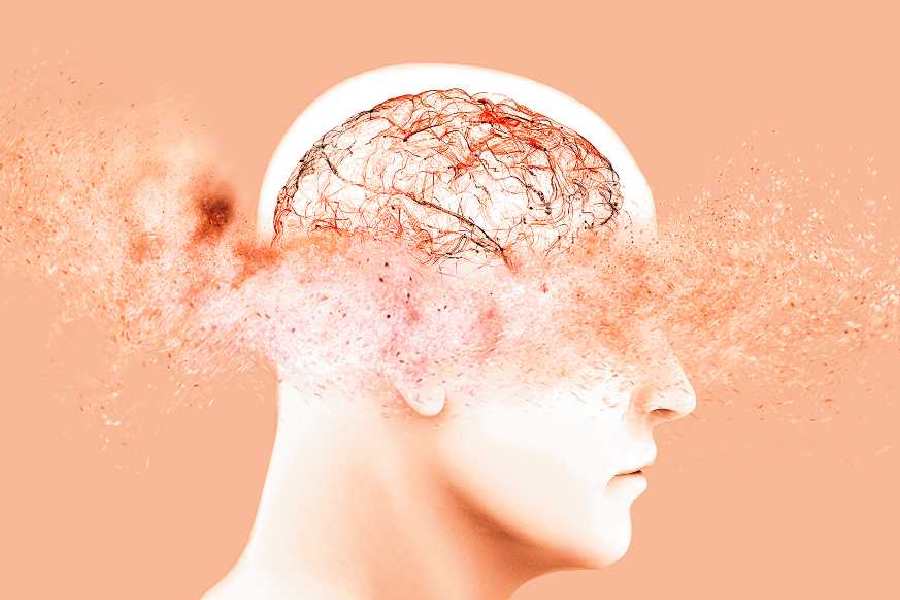Scientists have uncovered protein signatures in blood and cerebrospinal fluid samples that could be used to detect Alzheimer’s disease, predict the speed of dementia progression and potentially transform patient-care and treatment decisions.
The ratio of two proteins that help brain cells communicate with each other may be a stronger indicator for cognitive impairment than current gold-standard biomarkers, an international research consortium reported in a study published on Monday.
Alzheimer’s disease, a progressive neurodegenerative disorder that typically develops after age 65, is currently diagnosed through clinical assessment of cognitive function, brain imaging and blood or cerebrospinal fluid tests that look for hallmark proteins called beta-amyloid and tau.
But the pace of progression from mild cognitive impairment to dementia can take anywhere between 2 to 20 years and the standard biomarkers — beta-amyloid and tau — cannot fully account for such differences observed in patients with Alzheimer’s disease.
Now, Tony Wyss-Coray, professor of neurology at Stanford University, and his colleagues in the US, Finland and Sweden analysed all the proteins found in cerebrospinal fluid — the fluid that surrounds the brain and spinal cord — from 3,397 people from the three countries.
They have found that certain proteins found in the cerebrospinal fluid were associated with cognitive impairment, independent of beta-amyloid or tau. Their analysis, relying on computational techniques designed to look for patterns, also revealed that the ratio of two proteins called YWHAG and NPTX2 could serve as a stronger signature for Alzheimer’s disease than either beta-amyloid or tau — a higher ratio is associated with greater cognitive impairment and chance of dementia.
The ratio increases during normal ageing, starting early in life and, can predict the onset of disease and the progression of dementia in Alzheimer’s disease, according to their findings published on Monday in the research journal Nature Medicine.
Although the findings indicate that the ratio of the two proteins represents a biological process in the brain that is central to cognitive functions in Alzheimer’s disease, “what that process is remains unclear”, the scientists said in their study.
The researchers have also shown that a protein signature in blood that reflects the ratio of the two proteins in cerebrospinal fluid could potentially be used as a blood test for Alzheimer’s disease and prediction of dementia progression.
“These are interesting findings, but we’ll need a deeper understanding of the biological mechanisms that connect the ratio of the two proteins to cognitive decline and dementia,” said Srikala Bharath, a specialist in geriatric psychiatry who was not associated with the new study.
The findings would need to be replicated and validated across larger samples and populations, Bharath said. “The search for reliable biomarkers for Alzheimer’s disease has been going on for decades. But even now, we know that beta-amyloid or tau are not specific to Alzheimer’s disease alone.”
Researchers say a reliable biomarker for cognitive impairment could potentially be used to track the efficacy of clinical trials of candidate drugs used to treat Alzheimer’s disease. “A reliable diagnostic marker would clear the uncertainty of whether forgetfulness is due to age-related memory loss or early dementia,” said Meera Purushottam, a medical geneticist at NIMHANS who was also not associated with the Stanford-led study.










